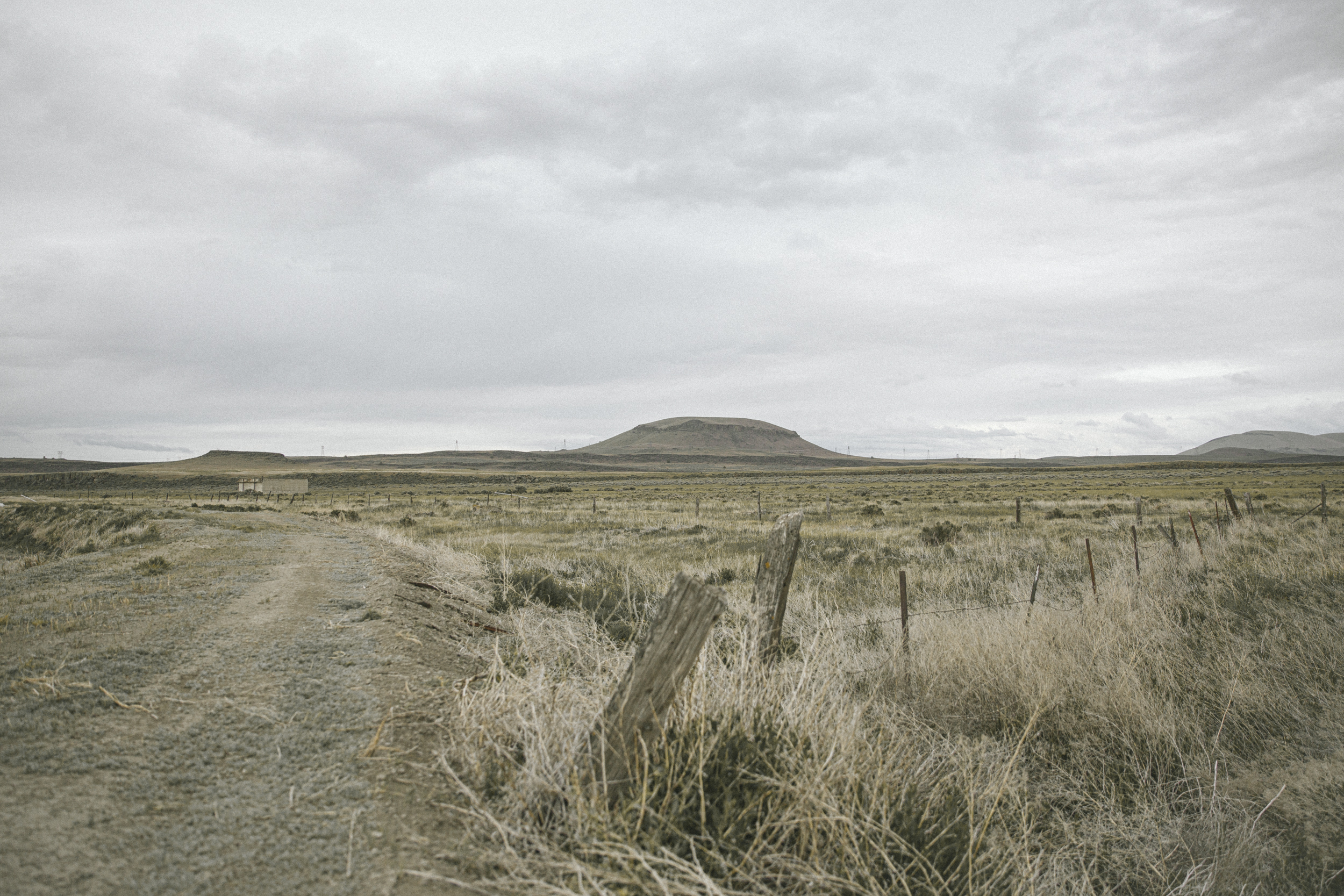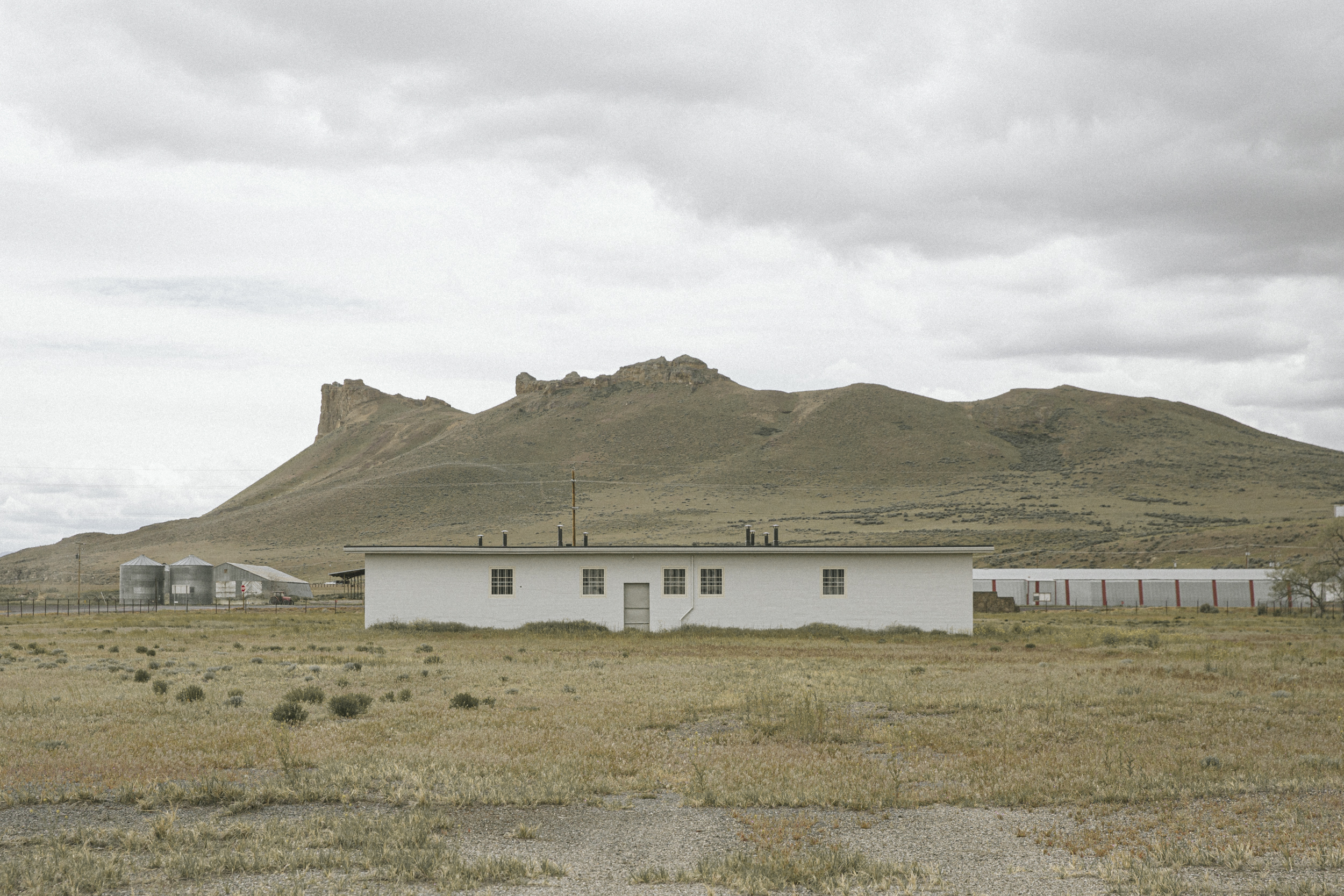
Located near the California-Oregon border, Tule Lake opened on May 27, 1942 as the Tule Lake Relocation Center. It was converted into a maximum-security segregation facility in 1943 and renamed the Tule Lake Segregation Center to house Japanese Americans labeled as “disloyal” by the U.S. government. With a peak population of 18,789, Tule Lake was the largest and most controversial of the ten War Relocation Authority camps.

The War Relocation Authority‘s master plot plan for Tule Lake. Courtesy of the National Archives and Records Administration.
The camp sat on 1,110 acres of dry lakebed in the Cascade Mountain Range, land that originally belonged to the Modoc Nation. Tule Lake experienced long, harsh winters, with nighttime temperatures dropping below freezing for more than half the year, making it one of the coldest places in California. Towering over the camp to the west was Castle Rock, a striking bluff that became a familiar landmark for incarcerees, while Abalone Mountain stood to the east.
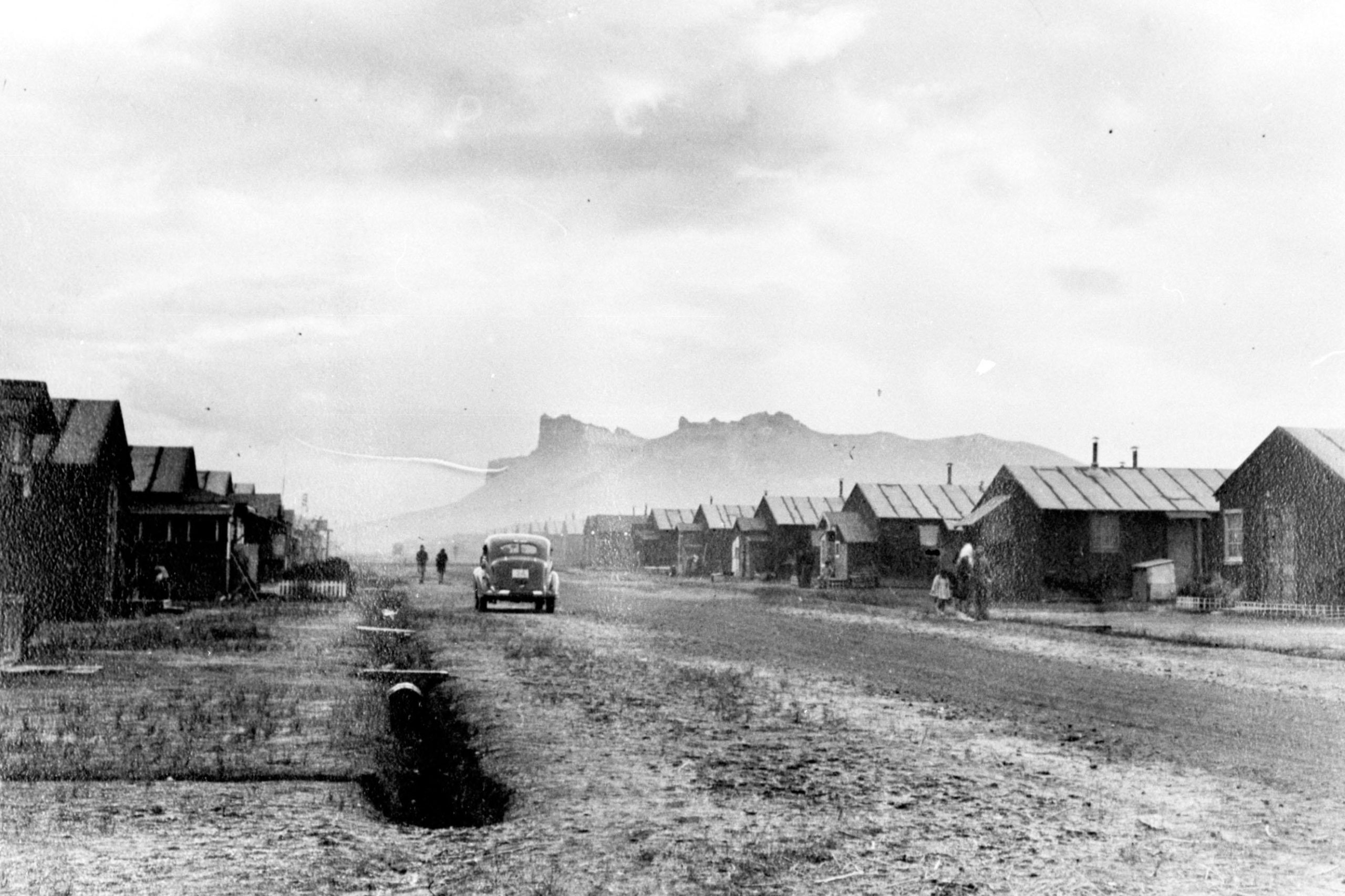
Tule Lake Segregation Center with view of Castle Rock in the distance, March 20, 1946. Source: ddr-densho-37-239, Courtesy of the Densho Digital Repository, National Archives and Records Administration Collection
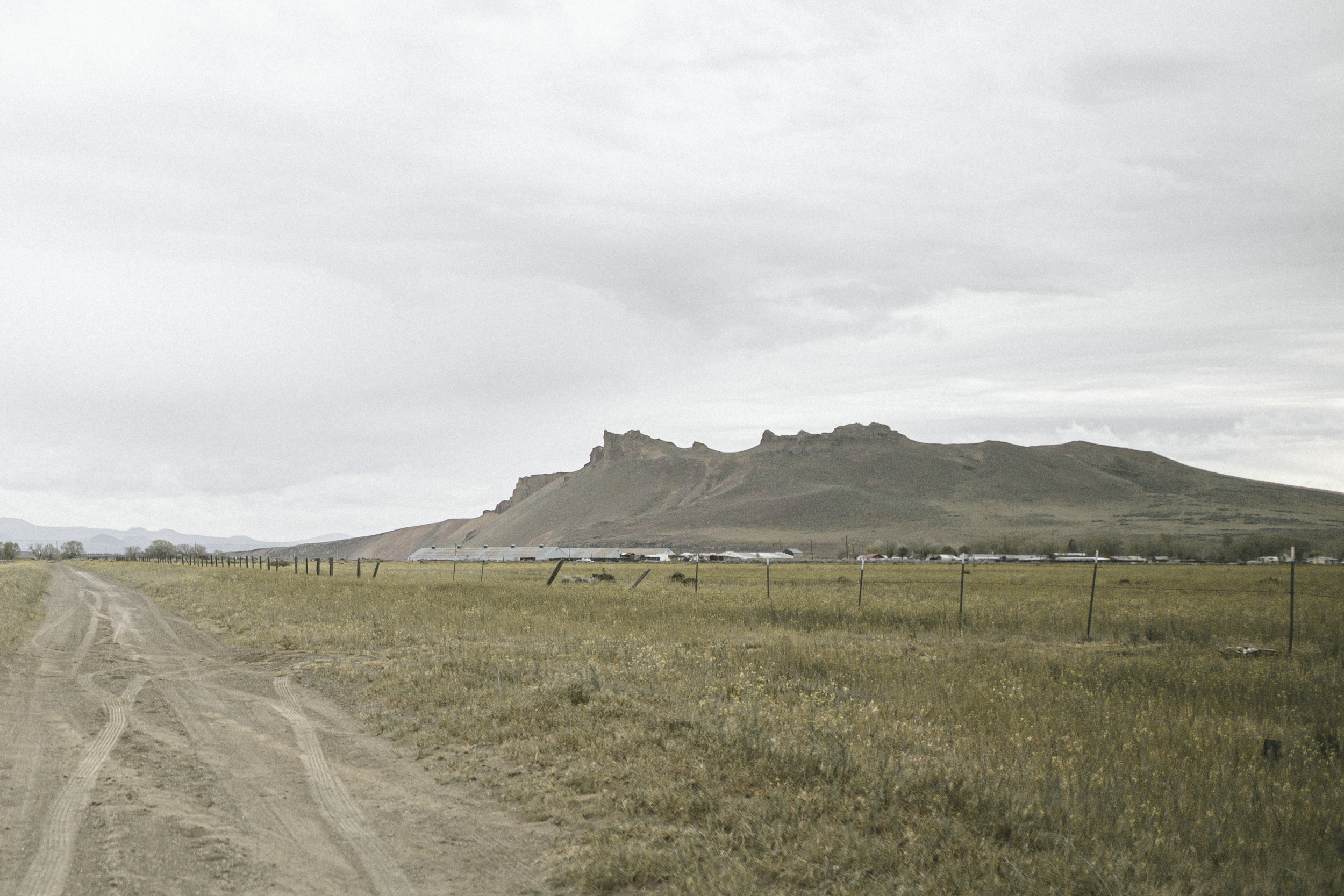
Tule Lake Segregation Center with view of Castle Rock in the distance, May 27, 2022.
Families were housed in poorly insulated barracks, offering little protection from the bitter winds and frigid winters. Each barrack was divided into four to six family units, sometimes separated by only a curtain. The living quarters were furnished with a single light bulb, a coal stove, and Army cots. Meals were served in large communal mess halls, and bathrooms lacked dividers between toilets and shower stalls, eliminating any sense of privacy.
Despite these conditions, incarcerees sought to restore a sense of normalcy. They converted recreational buildings into co-op stores, beauty parlors, and places of worship, while also organizing community events such as harvest festivals, dances, and baseball games.
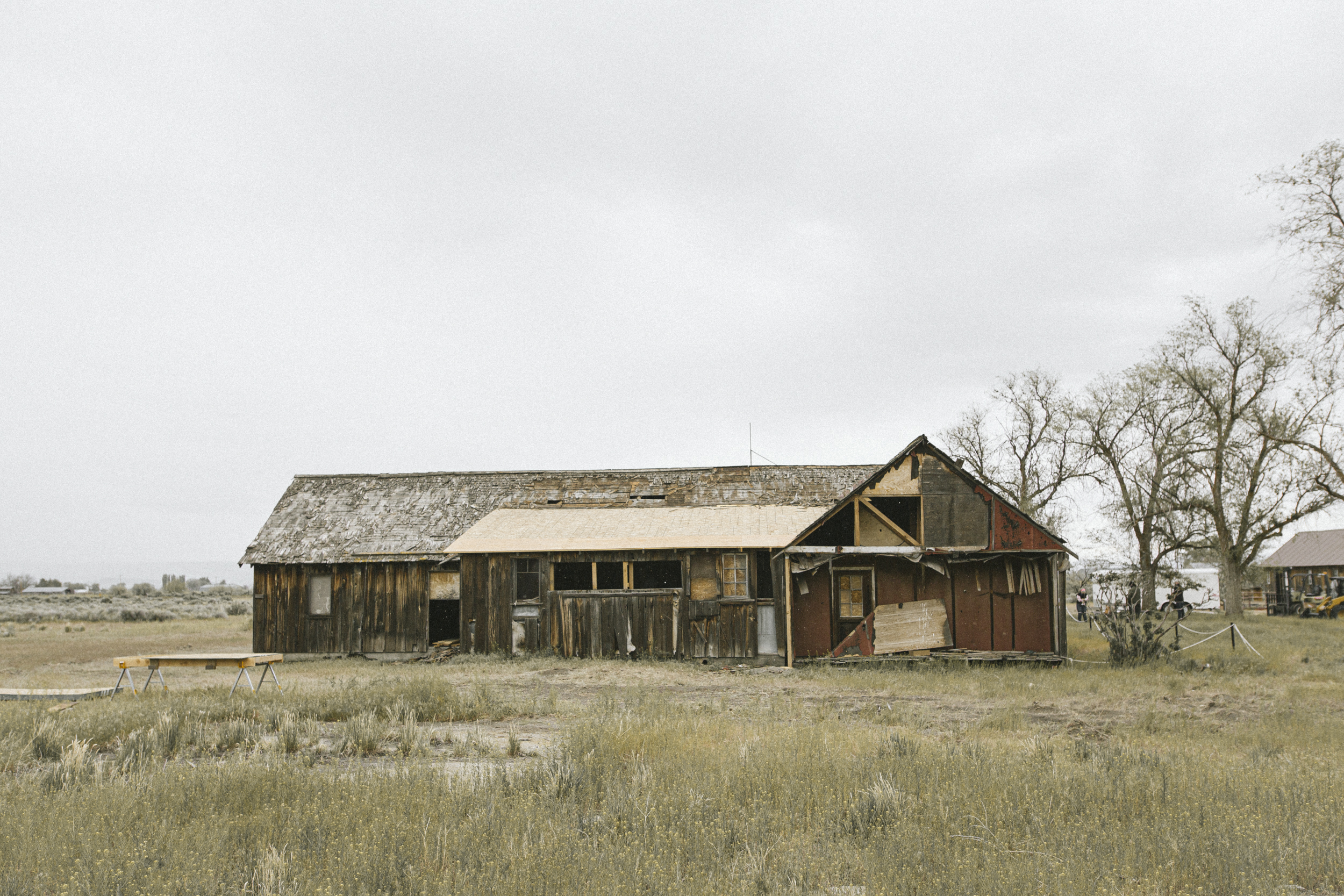
Remains of the mess hall at Camp Tulelake, a former Civilian Conservation Corps camp that later housed Japanese American incarcerees and German P.O.W.’s during World War II.
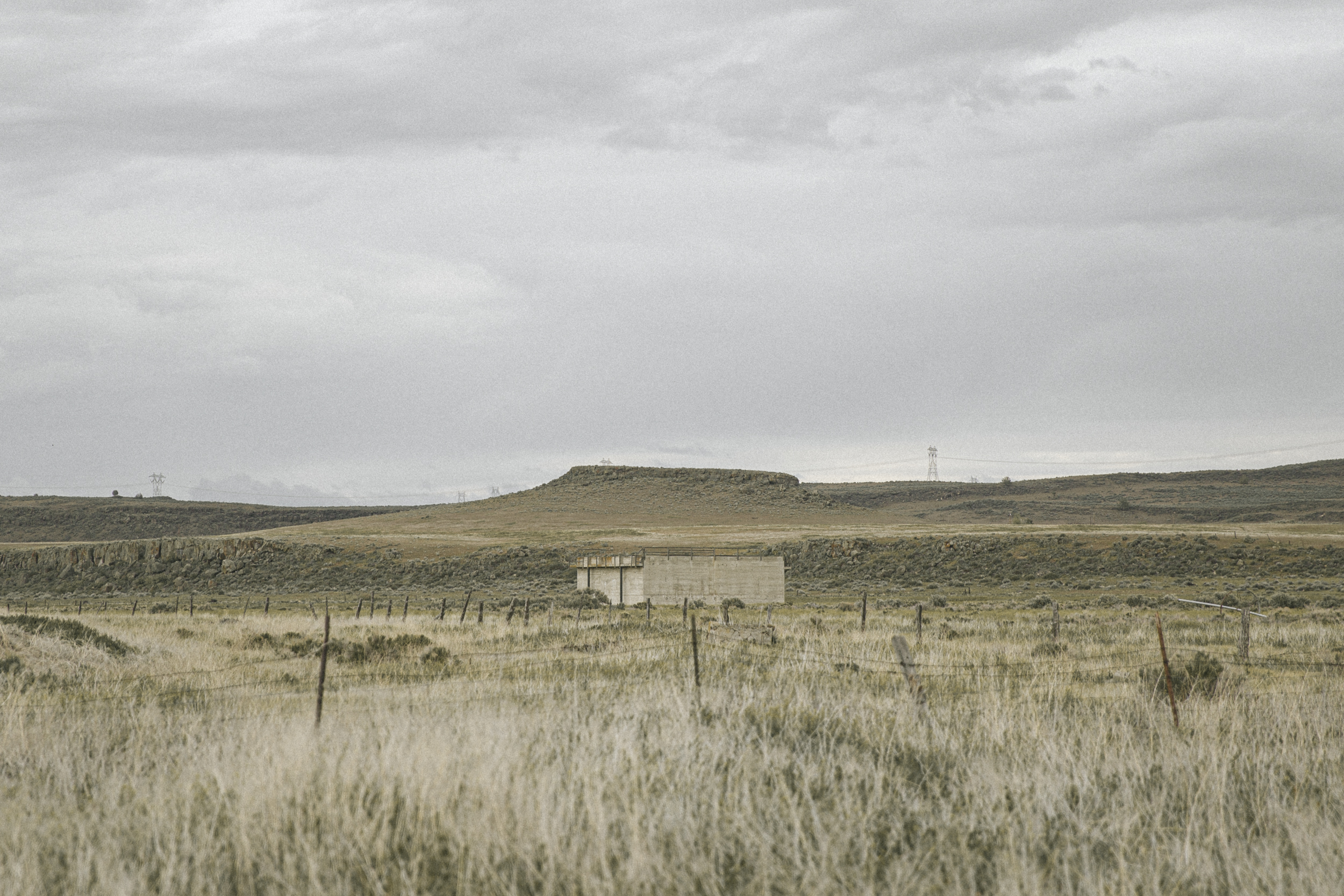
One of the few remaining structures at Tule Lake Segregation Center. During its operation, the site spanned over 7,400 acres and contained more than 1,700 structures.
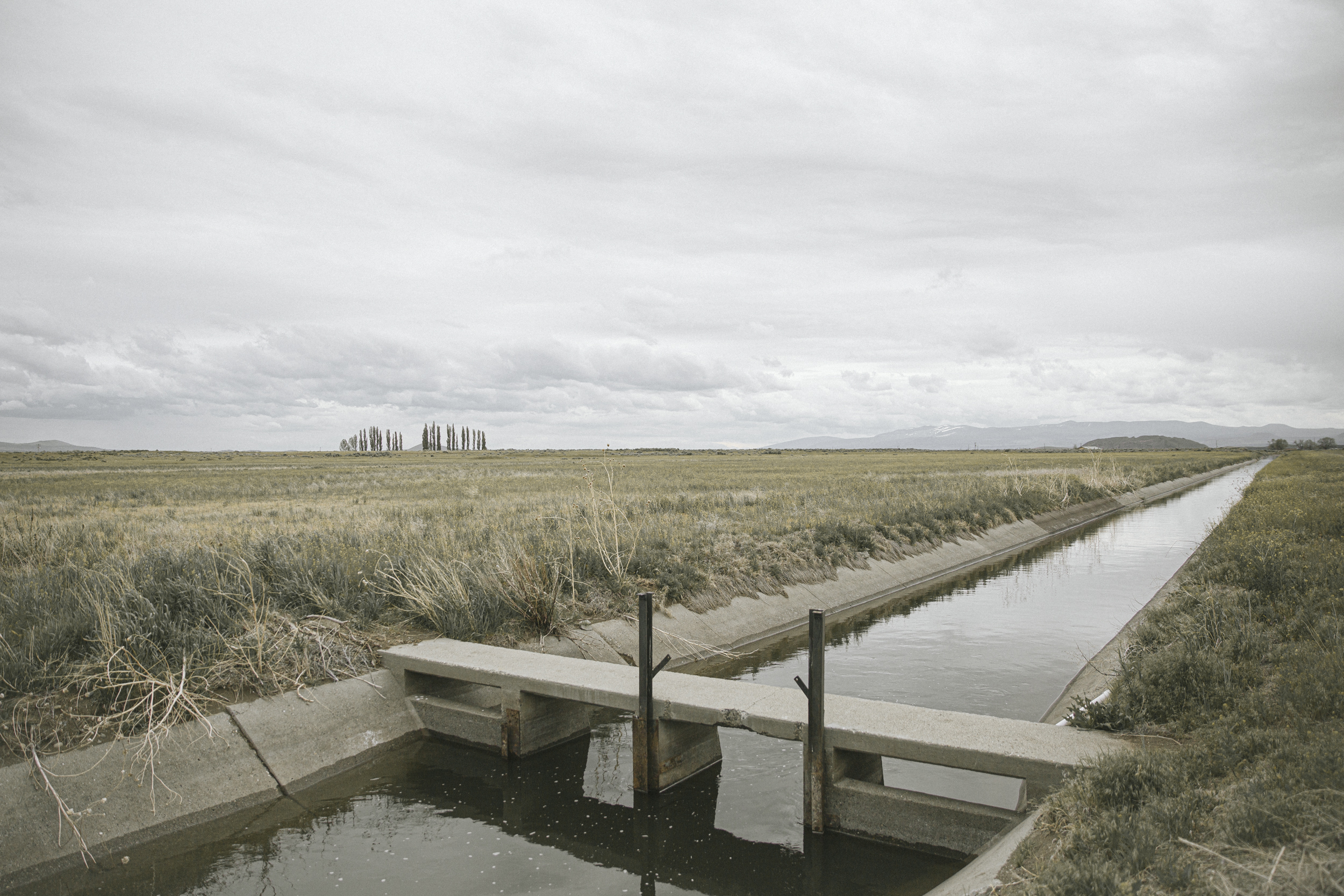
Aside from Castle Rock and Abalone Mountain, the canal is one of the few physical features left of the Tule Lake Segregation Center, where over 18,000 Japanese Americans were incarcerated during its peak.
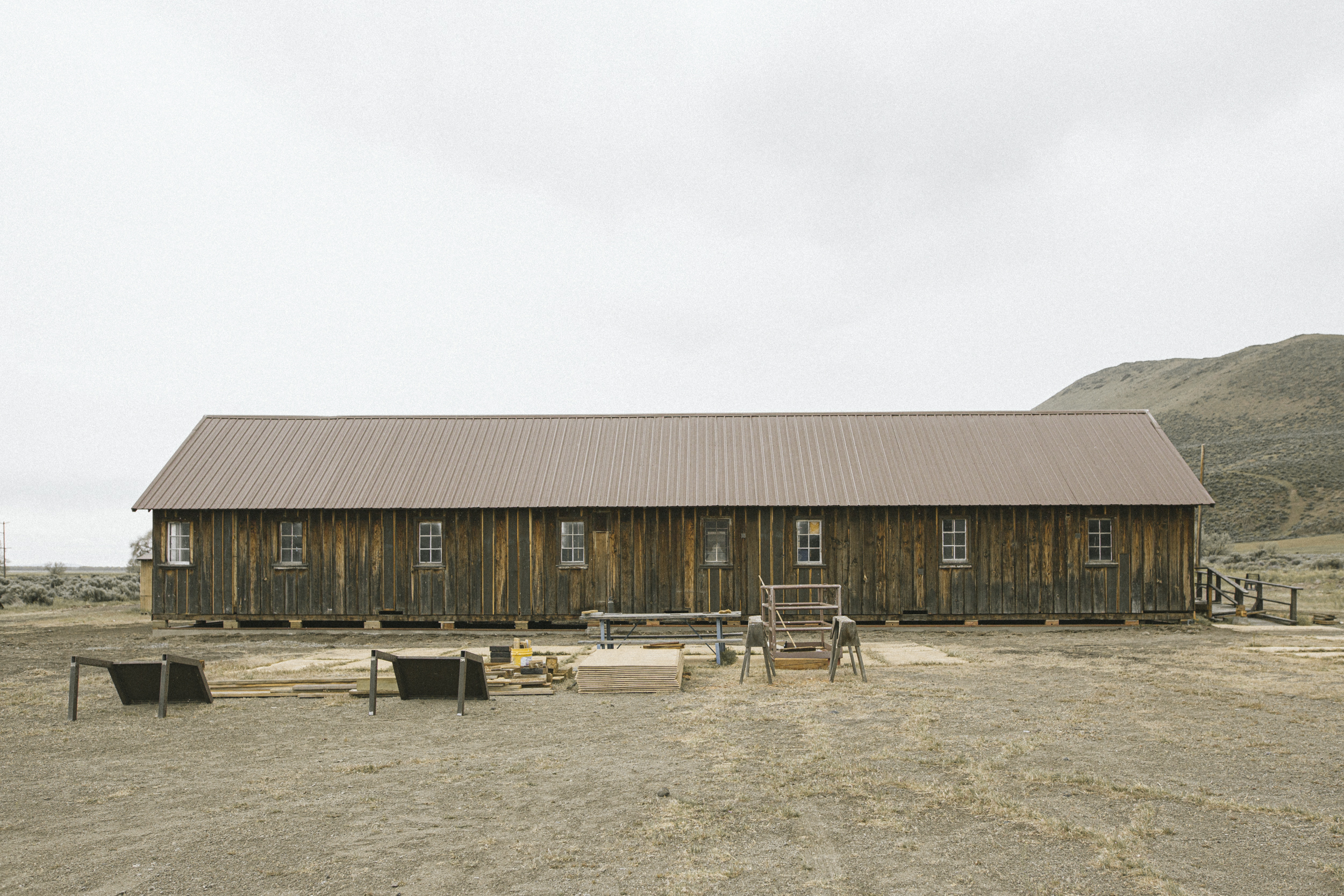
Barracks like this one were divided up into four to six family “rooms” that ranged in size from 16′ x 20′ to 24′ x 20′. They were sided only with tarpaper.
Local news outlets falsely reported that Tule Lake incarcerees were living comfortably, eating steaks, ham, and roasts, fueling public resentment. Seeing trucks carrying food rations into the camp while their own supplies dwindled, local residents accused the U.S. government of prioritizing incarcerees over the general population.
By 1943, when Tule Lake was converted into a segregation center, tensions were high both inside and outside the camp. The arrival of segregated incarcerees deemed “disloyal” increased the population from 15,276 to 18,789, creating divisions within the incarceree community. In response to growing unrest, military authorities took control of Tule Lake, reinforcing security measures—a seven-foot barbed wire fence was constructed, the number of guard towers increased from six to 19, and tanks and additional troops were deployed.
Though additional barracks were built, Tule Lake still exceeded its intended capacity by nearly 4,000 people. Overcrowding, unsanitary conditions, and unsafe labor practices led to growing frustration among incarcerees. Some responded by organizing labor strikes and demonstrations. As conflicts escalated, the U.S. Army declared martial law on November 13, 1943. Dissidents were arrested and placed in separate detention facilities, including the concrete stockade that still stands today.
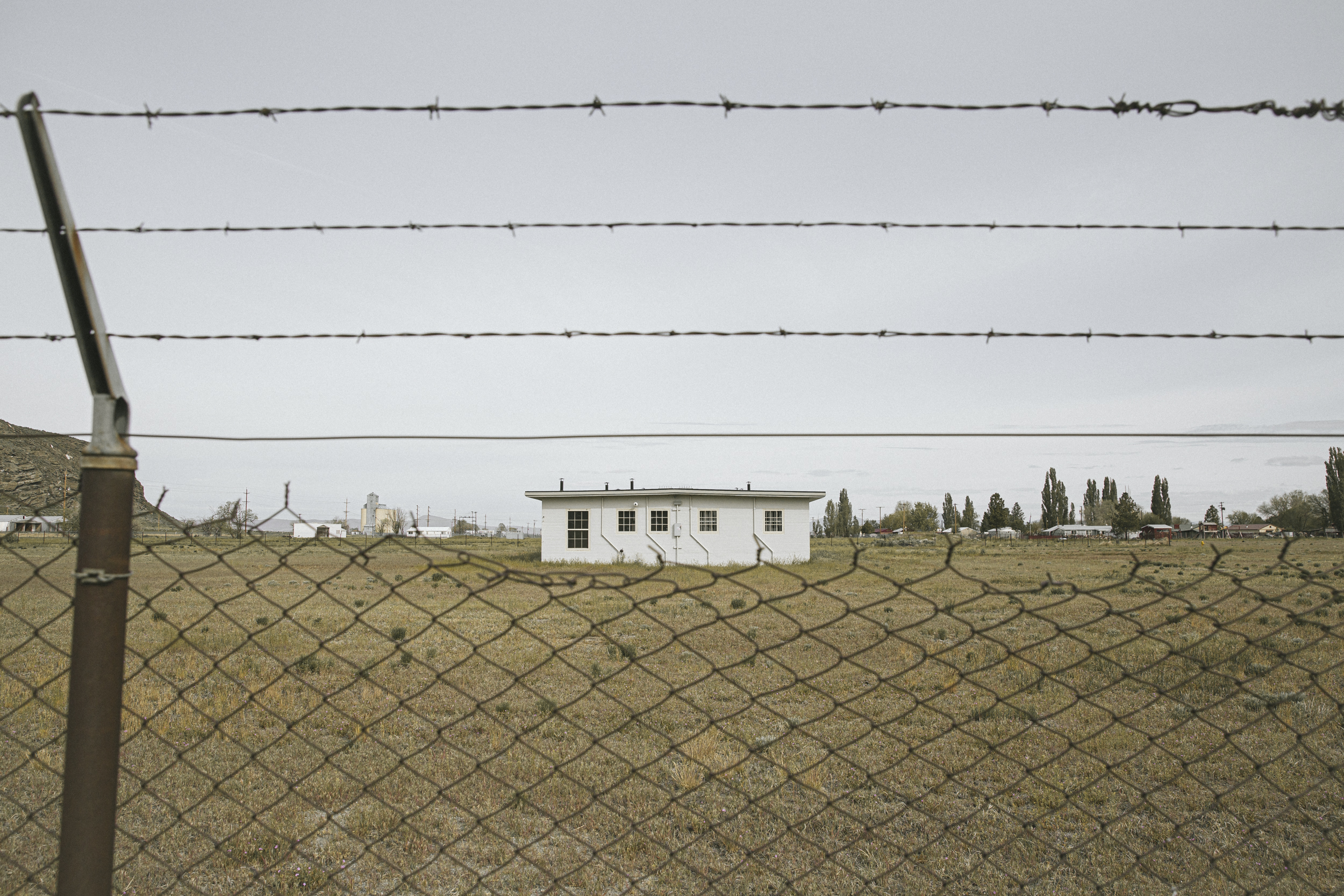
Known as “a jail within a jail”, this concrete structure was used to segregate dissidents from the rest of the incarceree population from late 1944 until the closure of the Tule Lake Segregation Center in 1946.
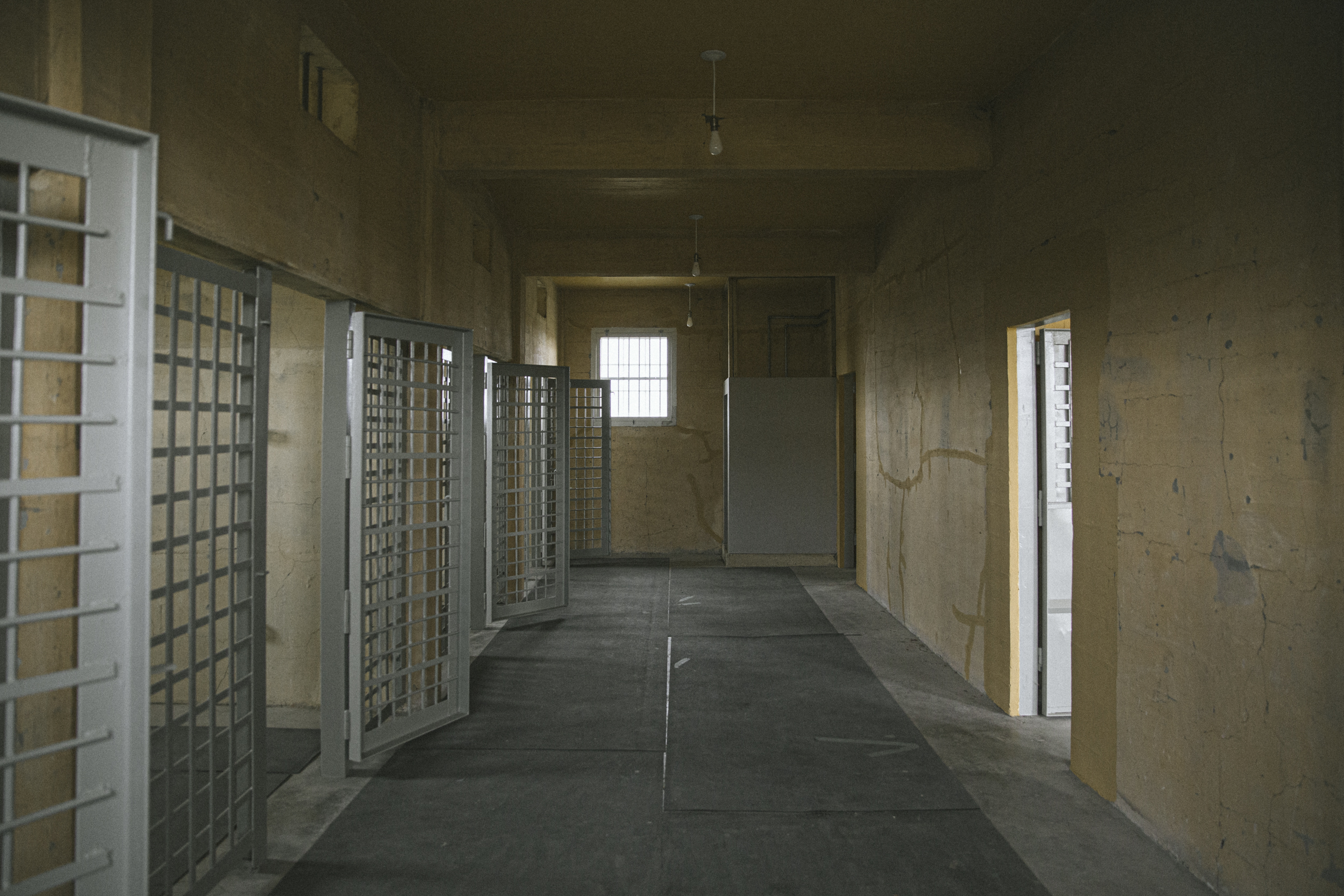
A row of cells, each containing four beds, a sink and a toilet. The six-cell jail was designed to hold 24 individuals, but at times held up to 100.
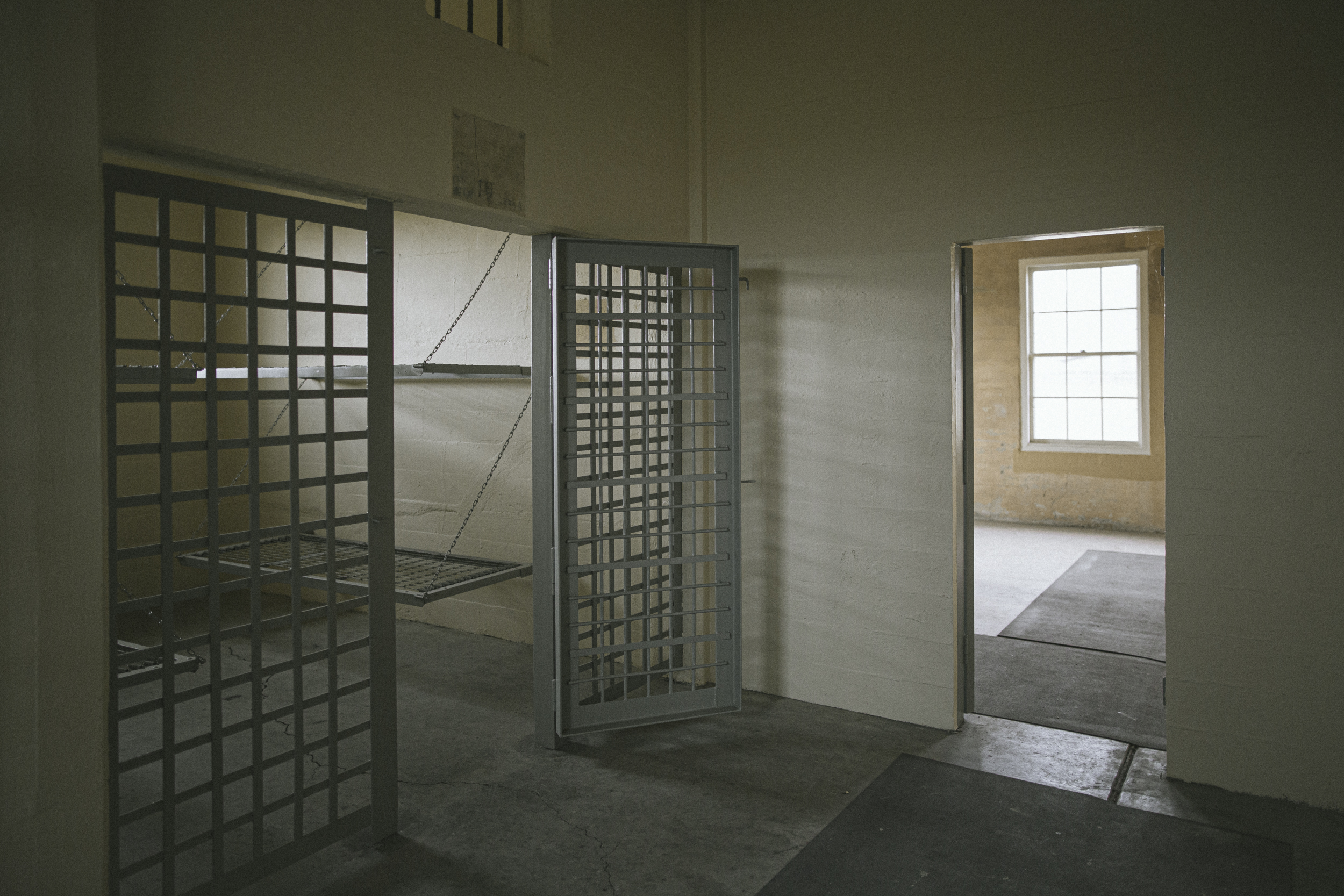
The jail comprised a mens’ wing, womens’ wing and an administrative office. Only men were imprisoned during its operation.

Several markings remain on the walls of the jail cell. This one, found beside a metal cot where incarcerees slept, reads “Show me the way to go to home.”
Under martial law, incarcerees faced curfews, barrack raids, and severe restrictions on daily activities. Food shortages worsened, and in early 1944, when young men in Tule Lake received draft notices, anti-government sentiment grew. Some incarcerees formed “pro-Japan” groups, preparing for a future outside the United States.
On July 1, 1944, President Franklin D. Roosevelt signed the Renunciation Act of 1944, allowing U.S.-born citizens to formally renounce their citizenship. Amid rumors that Tule Lake incarcerees would not be welcomed back into society after the war, thousands of incarcerees gave up their U.S. citizenship. Some did so out of fear of postwar hostility, while others renounced their citizenship to remain with their Issei parents, who were barred from naturalization and faced potential deportation.
Between 1944 and 1946, 5,589 Japanese Americans formally renounced their U.S. citizenship, the vast majority from Tule Lake. Many later sought to reverse their renunciations, arguing that they had acted under duress, but for decades after the war, those who had answered “no” to the loyalty questionnaire—often referred to as “no-no’s“—and those who renounced their citizenship were stigmatized as “traitors” by both the U.S. government and the broader Japanese American community.
Why is Tule Lake significant?
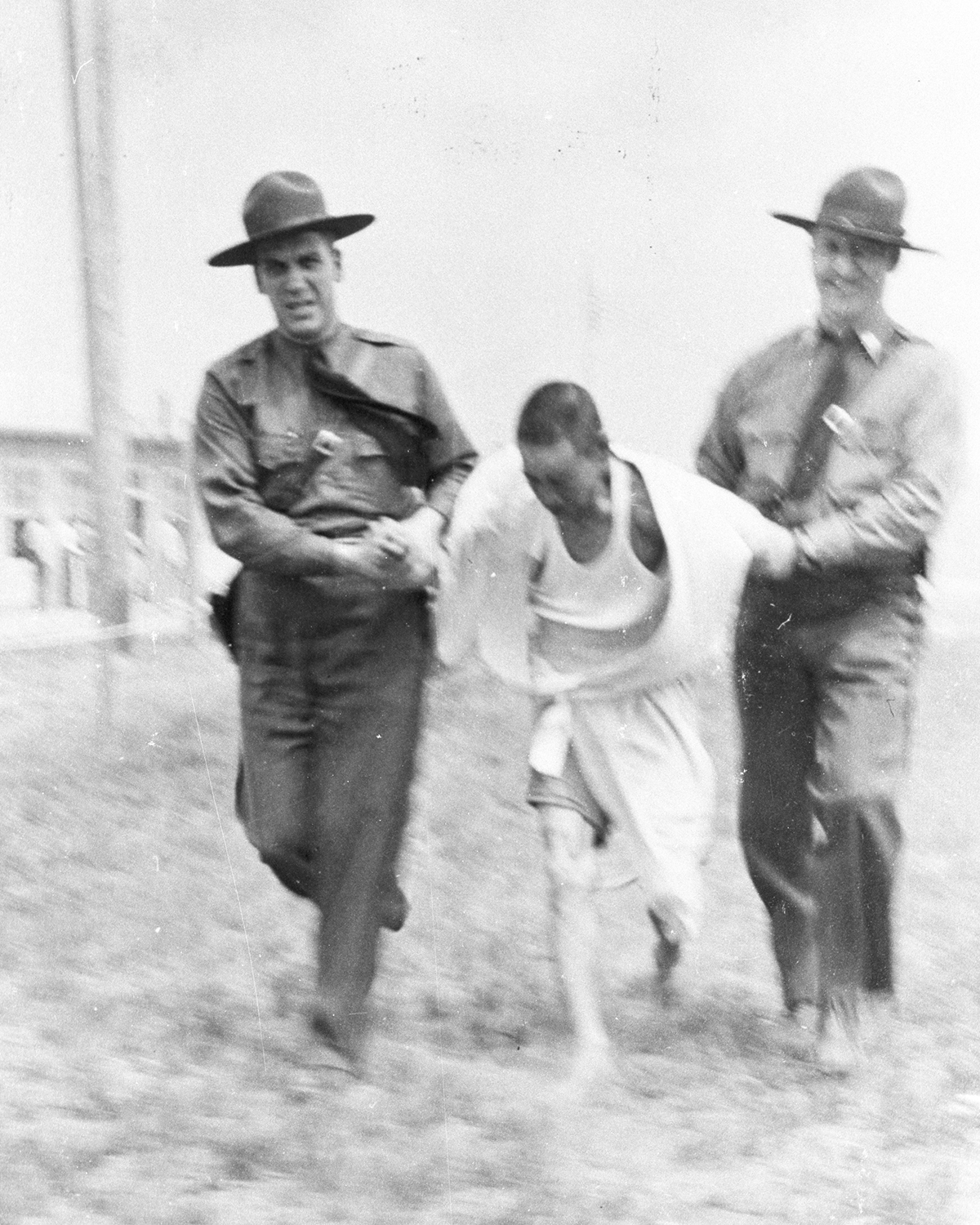
Two patrolmen escort a “defiant enemy alien” out of the military stockade. June 24, 1945. Source: ddr-densho-37-195, Courtesy of the Densho Digital Repository, National Archives and Records Administration Collection
In February 1943, the War Relocation Authority distributed the Application for Leave Clearance form—commonly known as the “loyalty questionnaire“—to incarcerees across all ten camps. The form included two controversial questions:
Question #27: “Are you willing to serve in the armed forces of the United States on combat duty, wherever ordered?”
Question #28: “Will you swear unqualified allegiance to the United States of America and faithfully defend the United States from any or all attacks by foreign or domestic forces, and foreswear any form of allegiance or obedience to the Japanese emperor, or any other foreign government, power or organization?”
For many incarcerees, these questions posed an impossible dilemma. Answering “yes” meant swearing allegiance to a government that had forcibly incarcerated them and, for Issei immigrants, renouncing their only recognized nationality. Answering “no” or providing a qualified response led to the label of “disloyal”, resulting in transfer to Tule Lake.
The “no-no’s”—those who answered “no” to both questions—comprised approximately 12,000 of the 78,000 incarcerees who completed the questionnaire. “Pro-Japan” incarceree organizations like the Hoshi Dan emerged within Tule Lake, advocating for re/expatriation to Japan as tensions escalated.
After the war, Tule Lake’s renunciants and “no-no’s” were ostracized, even within the Japanese American community. It would take decades of activism and legal battles before their experiences were recognized as part of the larger civil rights struggle surrounding Japanese American incarceration.
Please note: These photographs were taken with permission and permits where required, in accordance with site guidelines. Visitors must respect and follow all visitation protocols.
This historical overview is informed by research from the Densho Encyclopedia (accessed in 2022), National Park Service (accessed in 2022), and interviews conducted during visits to the camp in 2022 and 2024.
